Latissimus Dorsi Muscle
Table of Contents
Latissimus dorsi Muscle Anatomy
Latissimus Dorsi is a large, flat triangular muscle that covers a large area of the lower back and is overlapped by the trapezius. It is also known as the Broadest muscle of the back.
The muscle runs between the trunk, via an extensive attachment and the humerus by a narrow tendon. It therefore acts on the shoulder joint.
The latissimus dorsi is responsible for the shoulder joint’s flexion from an extended posture, extension, adduction, transverse extension—also referred to as horizontal abduction or extension—and (medial) internal rotation. Additionally, it functions in concert with the lumbar spine’s lateral flexion and extension.
The latissimi dorsi, which link directly to the spine instead of via the scapulothoracic joints, can affect the mobility of the scapulae, including their downward rotation during a pull-up.
Origin:
It originates from,
- Spinous processes of thoracic T7-T12.
- the thoracolumbar fascia.
- the external lip of the iliac crest of the sacrum.
- inferior angle of the scapula.
- lower three to four ribs.
Insertion:
It ends as a flattened tendon in front of the attachment of teres major to the floor of the bicipital groove of the humerus.
Nerve supply
The thoracodorsal nerve (c6,c7,c8) supplies the muscle.
Action
The action of latissimus dorsi are,
- Extension of the arm at the shoulder
- Adduction of the arm at the shoulder
- Internal Rotation of the arm at the shoulder.
The latissimus dorsi helps in the teres major and pectoralis major’s assistance in arm depression. The shoulder is internally rotated, extended, and adducted. The latissimus dorsi pushes the trunk forward and upward when the arms are held overhead.
It functions as a muscle of both forced expiration (anterior fibres) and an auxiliary muscle of inspiration (posterior fibres), working in concert to facilitate the lumbar spine’s extension (posterior fibres) and lateral flexion (anterior fibres).
Along with several other stabilizing muscles, the majority of latissimus dorsi movements also engage the teres major, posterior fibres of the deltoid and long head of the triceps brachii. The brachii, brachialis, and brachioradialis are the biceps muscles that are usually recruited for elbow flexion in compound workouts for the ‘lats’. The trapezius muscles can also be used, depending on the direction of pull; horizontal pulling exercises like rows strongly engage the latissimus dorsi and trapezius.
Triangles
The lumbar triangle of Petit, which has the obliquus internus abdominis as its floor and the iliac crest as its base, divides the lateral edge of the latissimus dorsi from the obliquus externus abdominis below.
Behind the scapula lies another triangle. The trapezius forms its upper boundary, the latissimus dorsi is its lower boundary, and the vertebral border of the scapula is its lateral boundary. The rhomboideus major forms part of the floor. Parts of the sixth and seventh ribs, as well as the interspace between them, become subcutaneous and accessible for auscultation when the scapula is pushed forward by crossing the arms over the chest and bending the trunk forward. As a result, the area is referred to as the auscultation triangle.
The phrase “A Miss Between Two Majors” perfectly describes the latissimus dorsi. Two primary muscles surround the latissimus dorsi as it penetrates into the floor of the humerus’s intertubercular groove. The pectoralis major inserts laterally onto the lateral lip of the intertubercular groove, while the teres major inserts medially on the medial lip of the groove.
Exercises of Latissimus dorsi muscle
Strengthening Exercises of Latissimus dorsi muscle
1. Resistance Band Pull Backs:
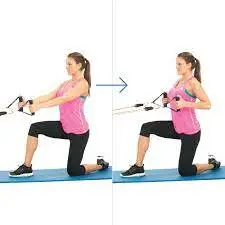
- Begin this exercise by standing or kneeling with your back straight and holding a resistance band as demonstrated.
- Slowly pull your arms backward, squeezing your shoulder blades together.
- Hold for 2 seconds and return to the start position.
- Perform 3 sets of 10 repetitions provided the exercise is pain-free.
2. Resistance Band Pull Downs :
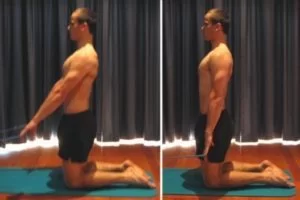
- Begin this exercise in standing or kneeling with your back straight and holding a resistance band.
- Keeping your back and elbows straight, slowly pull the resistance band to your hips.
- Perform 3 sets of 10 repetitions provided the exercise is pain-free.
3. Resistance Band Adduction:
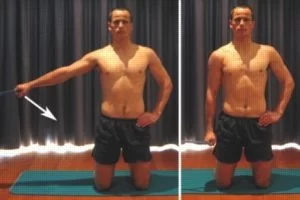
- Begin this exercise in standing or kneeling with your back straight and holding a resistance band.
- Keeping your back and elbows straight, slowly pull the resistance band to your hip as shown.
- Perform 3 sets of 10 repetitions provided the exercise is pain-free.
Stretching Exercises of latissimus dorsi muscle:
1. Standing stretch:
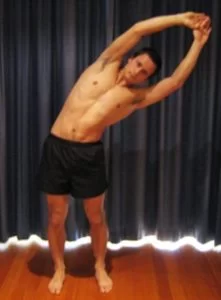
- Begin this latissimus dorsi stretch standing tall with your back straight and hands above your head.
- Gently lean to one side until you feel a mild to moderate stretch in the side of your upper back and shoulder.
- Hold for 5 seconds and then return to the starting position.
- Repeat 10 times provided the exercise is pain-free. Then repeat the exercise on the opposite side.
2. Lying Stretch:
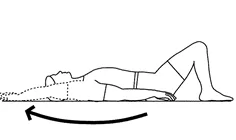
- Lie on your back, low back flat against the floor, arms at the side, palms down.
- Move arms out to the side until overhead while rotating palms up as shown.
- Hold arms flat on the floor.
- Maintain the low back flat against the floor.
- Hold for a few seconds, return to the start position, and repeat.
Clinical Importance
Research has demonstrated that both chronic back pain and chronic shoulder pain are influenced by tight latissimus dorsi. Since the latissimus dorsi connects the humerus to the spine, tension in this muscle can produce tendinitis in the tendinous fasciae that connect the latissimus dorsi to the thoracic and lumbar spine, or suboptimal function of the glenohumeral joint (shoulder), which results in chronic discomfort.
The latissimus dorsi may be used as a source of muscle for pectoral hypoplastic abnormalities such as Poland’s syndrome or for breast reconstruction surgery following a mastectomy (e.g., Mannu flap). Poland’s syndrome may have an absent or hypoplastic latissimus dorsi as one of its associated symptoms.
Cardiac support
The failing heart in individuals with poor cardiac output who are not suitable candidates for heart transplantation may be supported by a technique known as cardiomyoplasty. The latissimus dorsi muscles are wrapped around the heart during this treatment, and they are electrically stimulated in time with the ventricular systole.
Latissimus dorsi Injury
Lesions affecting the latissimus dorsi are uncommon. Baseball pitchers are particularly affected by them. Movement testing and muscle visualization can be used to make a diagnosis. A shoulder girdle MRI will validate the diagnosis. Rehab is used to address muscle belly injuries, whereas surgery or rehabilitation is an option for tendon avulsion injuries. Patients usually return to play without any functional deficits after receiving therapy.
FAQs
To execute upper extremity movements, the latissimus dorsi collaborates with the teres major and pectoralis major. At the glenohumeral joint, these muscles will cooperate to adduct, rotate medially, and extend the arm.
The largest muscle in the human body is the latissimus dorsi, sometimes referred to as “the lats muscle” or simply “the lats.” With the exception of the trapezius, it is rather slender and covers nearly all of the posterior trunk’s back muscles.
Origin of the latissimus dorsi is from
spinous processes of thoracic T7–T12
thoracolumbar fascia
iliac crest
inferior 3 or 4 ribs
inferior angle of scapula
Insertion on the humerus’s intertubercular groove floor.
Muscle strain
Playing activities like golf, skiing, and rowing that need repetitive upper-body motions can lead to latissimus dorsi muscle strain. If you overuse a muscle or don’t warm up correctly before an activity, you run the risk of straining the muscle or developing tendinitis.
Latissimus dorsi
The biggest muscle in the upper body is the latissimus dorsi, or lats. It begins in the region of your lower back under your shoulder blades and finishes at your spine.
References
Latissimus dorsi muscle. (2023, July 1). In Wikipedia. https://en.wikipedia.org/wiki/Latissimus_dorsi_muscle

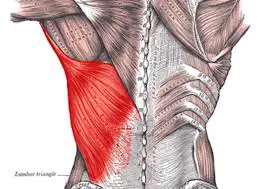
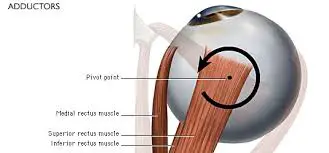
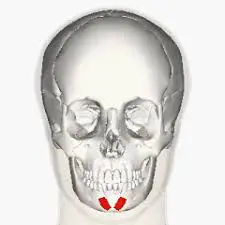
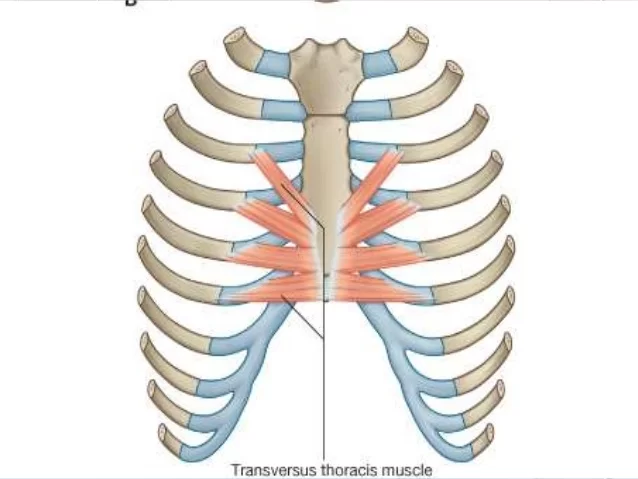
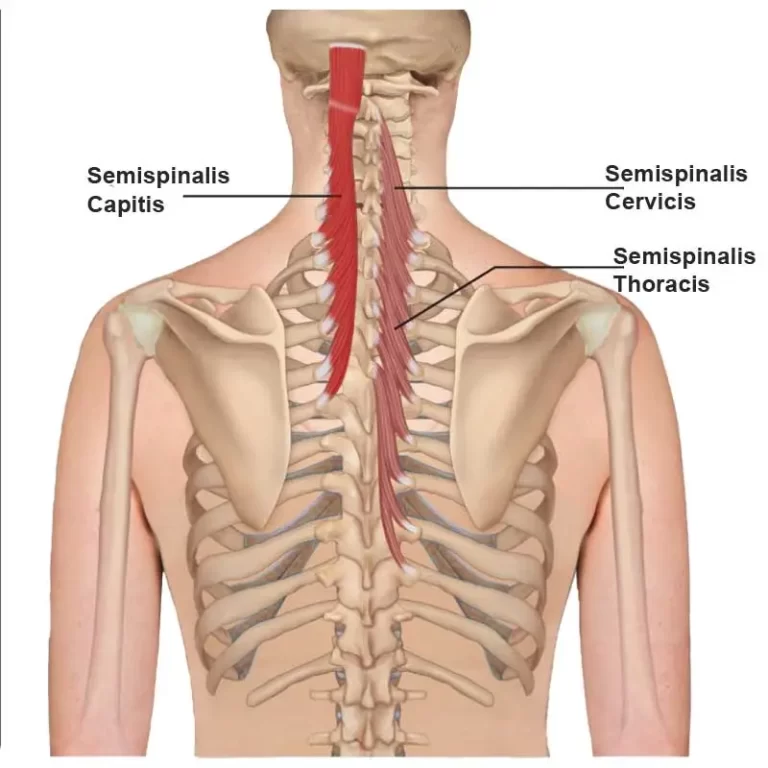
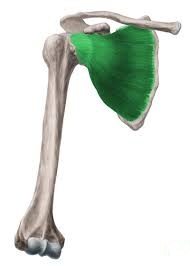
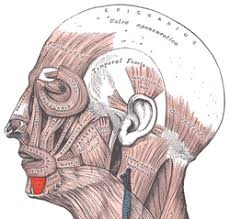
Latissimus Dorsi is the Key Postural Muscle, Very important to keep them Healthy, by Doing Regular Strengthening and Stretching Exercise